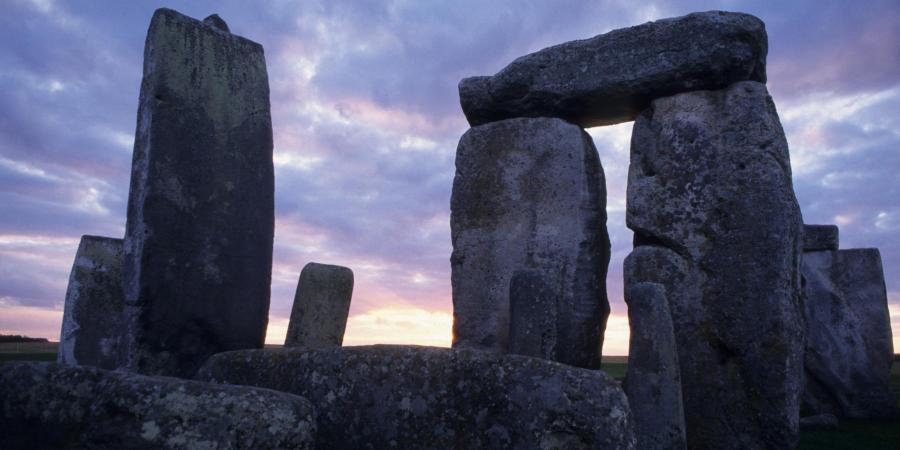The video below shows a 3D visualisation of the Stonehenge landscape. Wessex Archaeology created this from the LiDAR (Light Distance And Ranging) data collected by the Environment Agency to help record the archaeological remains in the stonehenge landscape. The 3D terrain has been lit from the south-east at a very low angle to highlight the subtle archaeological features on the ground. In the real world this is an unusual direction for low elevation lighting. It shows a view we cannot obtain from aerial photography.
LiDAR (Light Detection and Ranging) data is produced by attaching a 3D laser scanner to an aircraft. A cloud of measurement points across the landscape is produced as the laser-beam is fired at the ground and measured when it is reflected back to the aircraft. Depending on how high the aircraft flies and how the raw data is processed, this typically results in a dataset of points spaced between 15cm and 2m apart, with a vertical tolerance of up to 20cm.
The highly detailed terrain models which can be produced from this data are incredibly useful for identifying archaeological features, even those which can barely be seen with the naked eye. In addition to the spatial component of the data, the intensity of the reflected laser beam is also recorded and this can be used to identify buried features where they cause changes in the vegetation cover or soil moisture content and hence the amount of absorption and reflectance of the laser beam.
